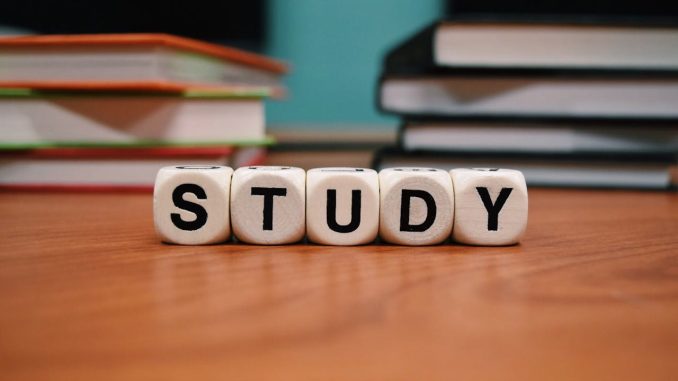
Have you ever wondered what happens in your brain when you learn something new? Or why some information sticks while other details fade away? The human brain is arguably the most complex learning machine on the planet, with remarkable abilities to absorb, process, and retain knowledge. Let’s explore the fascinating science behind how our brains actually learn.
The Neural Foundation of Learning
At its core, learning happens through connections between neurons in our brain. When we encounter new information, our brain cells form new connections or strengthen existing ones through a process called neuroplasticity.
These connections aren’t random – they’re organized into sophisticated networks that represent concepts, facts, and skills. The more we engage with information, the stronger these networks become. This is why practice and repetition are so effective for learning – they literally strengthen the physical structures in our brain that hold knowledge.
Memory: The Three-Stage Process
Our brain processes information through three distinct memory systems:
- Sensory memory captures enormous amounts of information from our environment but holds it for just milliseconds to seconds. It’s like your brain’s initial screening system, quickly filtering what might be important.
- Working memory (or short-term memory) is where conscious processing happens. This system can hold a limited amount of information – typically 4-7 items – for about 20-30 seconds. This explains why it’s hard to remember a phone number you just heard without repeating it.
- Long-term memory is our brain’s vast storage system with seemingly unlimited capacity. Information transfers from working memory to long-term memory through a process called consolidation, which is strengthened during sleep.
Attention: The Gatekeeper of Learning
In our constantly connected world, attention has become one of our most precious cognitive resources. Your brain can’t process everything you encounter, so attention acts as a gatekeeper, determining what information gets deeper processing.
This explains why multitasking can be detrimental to learning – when your attention is divided, your brain struggles to form strong neural connections for any single piece of information. Deep focus creates the optimal conditions for your brain to absorb new knowledge.
The Power of Emotional Connection
Have you noticed how easily you remember emotionally charged events? This is because emotional arousal triggers the release of neurochemicals like dopamine and norepinephrine that essentially tell your brain “this is important – remember this!”
Learning that engages emotions creates stronger memory traces than purely intellectual engagement. This is why stories are such powerful vehicles for learning – they engage both cognitive and emotional processing systems.
Learning Styles: What the Science Really Says
Despite popular belief, research hasn’t consistently supported the idea that individuals have fixed “learning styles” (visual, auditory, kinesthetic). Instead, what matters most is matching the learning approach to the content being learned.
That said, presenting information through multiple sensory channels – visual, auditory, and tactile – does enhance learning by creating redundant pathways in the brain. This is called dual coding theory, and it explains why multimedia learning can be so effective.
The Spacing Effect: Learning Over Time
Cramming the night before an exam might help you pass, but the knowledge won’t stick around. Research consistently shows that spacing out learning over time leads to much better long-term retention than massed practice.
This spacing effect occurs because each time you revisit information after a delay, your brain must work harder to retrieve it. This effortful retrieval strengthens the neural pathways associated with that knowledge, making it more accessible in the future.
Active vs. Passive Learning
Your brain forms stronger connections when you actively engage with material rather than passively consuming it. Strategies like:
- Testing yourself on information
- Explaining concepts in your own words
- Applying knowledge to solve problems
- Connecting new information to what you already know
All require deeper processing than simply re-reading or highlighting text. This deeper processing creates stronger, more elaborate neural networks that make knowledge more accessible and usable.
The Social Brain: Learning Together
Humans evolved as social creatures, and our brains are wired for social learning. When we engage with others – discussing ideas, teaching concepts, or collaborating on problems – we activate additional neural systems that enhance learning.
This social dimension of learning explains why study groups, classroom discussions, and teaching others can dramatically improve our understanding and retention of information.
Conclusion: Optimizing Your Brain’s Learning Capacity
Understanding how your brain absorbs knowledge isn’t just fascinating – it’s practical. By aligning your learning strategies with your brain’s natural processes, you can significantly enhance how effectively you acquire and retain new information.
The next time you need to learn something important, remember to:
- Focus deeply without distractions
- Space your learning sessions over time
- Actively engage with the material
- Connect information emotionally when possible
- Get sufficient sleep to consolidate memories
- Leverage social learning opportunities
Your brain is an incredible learning machine. By working with its natural processes rather than against them, you can unlock your full potential for knowledge acquisition and retention.
What learning strategies have you found most effective for your brain? Share your experiences in the comments below!
Leave a Reply